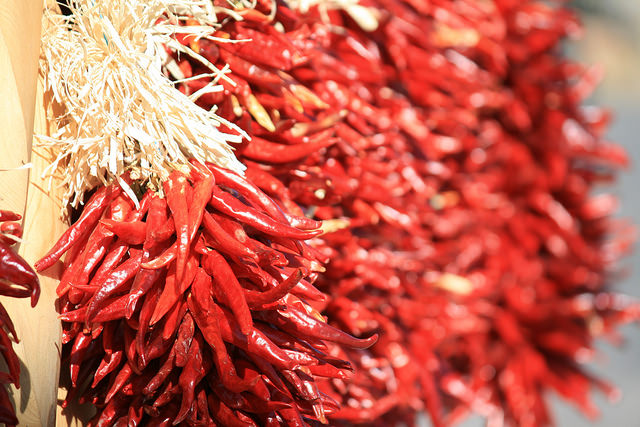
Customs and Cuisine of Nepal
The Nepali cuisine, also known as the cuisine of the Himalayas, bears its uniqueness by incorporating the two great culinary traditions of the region, Indian and Tibetan, into a mainstream culinary culture of its own, which reflects the geographic and demographic diversity of the Himalayas.
The Nepali staples consist primarily of rice, wheat, corn and lentils, in addition to fresh vegetables and meats. A typical Nepali everyday meal can be characterized by Dal (lentil soups), Bhat (steamed rice), and Tarkari (vegetable preparations), also known as “The Trinity,” supplemented by some meat preparation. A typical full course Nepali meal would include an appetizer, a vegetable or lentil soup, two or more vegetable and meat preparations, and an achar or chutney, served with roti (flat wheat bread), steamed rice or rice pilaf, supplemented with a local beverage, such as yogurt drink (lassi), beer or liquor, and followed by a dessert and tea. One of the most popular fast foods, widely sold on the street, is momo, a type of steamed dumpling with meat or vegetable filling, which has become a traditional delicacy in Nepal.
Commonly used flavoring ingredients are garlic, ginger, cumin, coriander, turmeric, nutmeg, bay leaves, black pepper, chilies, onions, cilantro and scallions. Also, distinct Himalayan flavors are derived from the use of such unique spices as Timur (Szechwan pepper, commonly used in marinades and achars) and Jimbu (Himalayan herb, used fresh or dry), found only in the Himalayas. In addition, most dishes are flavored with mustard oil, clarified butter (ghee) and sometimes Yak butter.
Mustard oil is the staple cooking oil in most of Nepal, Bengal and Bangladesh, and is sold in South Asian groceries, with the bottles often marked “not for human consumption.” It’s been said that this is a way of avoiding the labeling and testing that would be mandatory if it were imported as a food product (mustard oil can also be used as a liniment). If you can’t find it, you can try using another oil together with 1 teaspoon mustard powder to get some mustard heat and flavor.
The standard fresh red or green chili usually called for in recipes is the cayenne chili—shiny, long, slightly curved and pointed. If you take out the seeds and membranes there’s much less heat. You can substitute the same number of serranos, for the same heat, or use jalapenos, which are milder and have a different taste.
Sources:
Source materials: “Mangoes and Curry Leaves,” by Jeffrey Alford and Naomi Duguid
Photo: Flickr.com, Public Domain
View Recipes from Nepal
Nepal
